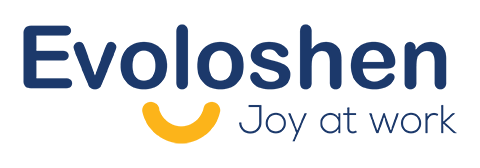
Contribution is a critical key to creating that bigger purpose that will drive a business forward by leaps and bounds. It doesn’t matter if the contribution is on a local community level or in tackling some of our global problems like hunger and environmental issues. The business has a purpose that is clearly defined, the values are infused into the organization through its people, and the element of giving is what motivates employees to do their best.
There is a Universal Law of giving that companies have discovered that works well in business. When you give freely without expectations or attachments, you will receive, often even greater in value, and not necessarily from the same source.
They believe in giving back and because it’s such an integral part of their culture, it gives their employees a feeling of doing something that matters. A big shift that has happened in the last few years is that people are becoming much more conscious about humanity and have a deep desire to do something good. They want to make a difference.
In other words, give value to your customers and potential customers, and you will attract even more to your business. When a company has giving ingrained into the DNA of the company—such as TOMS, Whole Foods, and Virgin—the company will grow exponentially in ways that may even be unexpected.
- TOMS’ One-For-One Movement shows how the contributive model gives back in ways that founder Blake Mycoskie couldn’t even imagine when he founded the company. In his book, Build Something That Matters, he shares the story of his first giving trip.
Putting shoes on children’s feet and seeing their eyes aglow with delight changed him forever, and he knew he’d found his life’s work—his calling. It was such a profound shift in how he viewed the world. When so many people had told him his idea would never work, it was proof that you could build a company with a mission to touch lives significantly and make a profit at the same time.
Contribution is what brings significance and meaning back into the workplace and makes the Age of Transformation possible. What matters is that there is a value based contribution to either the local communities, to the planet, and to the betterment of humanity on some level.
For example,
- Costco and Electrawinds have extensive meetings with the local communities before they begin to build to make sure that they can address the local concerns. They are genuinely connecting to their customers in a way that makes them feel heard and cared for, which has a positive ripple effect.

When you are leading with your purpose and values, a lot of the “small stuff” gets taken care of. Decisions become much easier to make because they fall within the parameters of the business values, mission, and purpose.
By allowing employees to become empowered and responsible for their tasks and their contribution to the organization, rather than trying to micromanage efficiency, you will increase both the productivity and the well being of employees.






